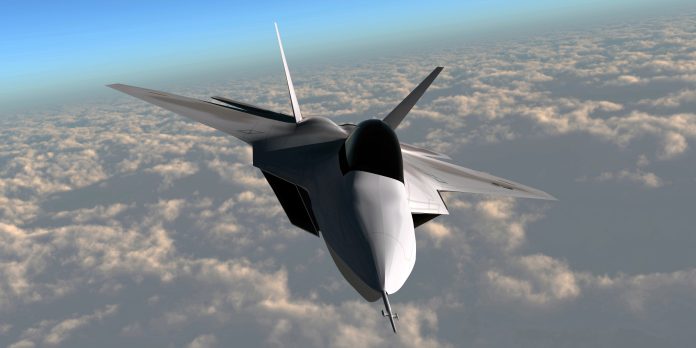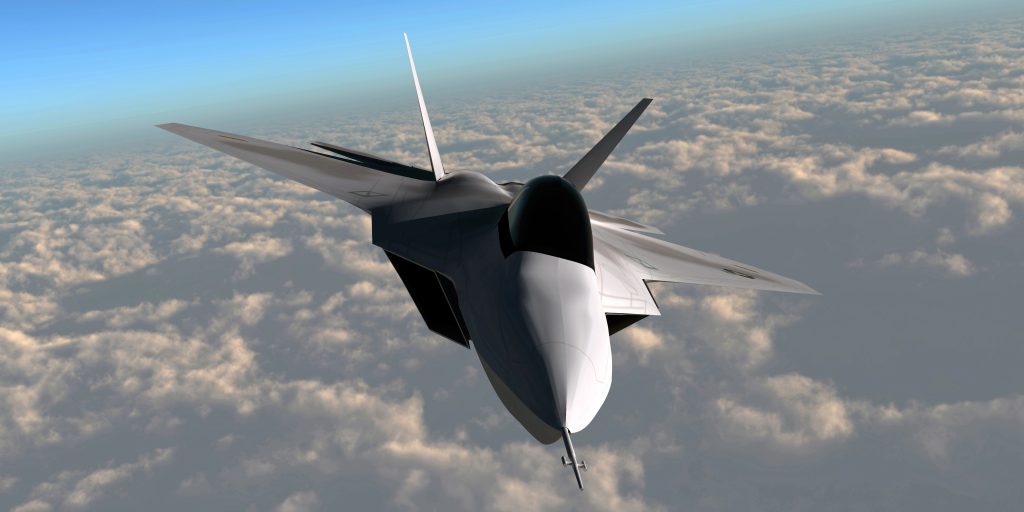
What is so costly about flying a fighter plane ultramodern stealth, sheer velocity, or the secret price tag of sustaining it in flight? For contemporary air forces, the answer is all three, plus several more. The most elite combat aircraft available for service today are the heights of aerospace technology, but their cost of operation can equal the GDP of small countries.
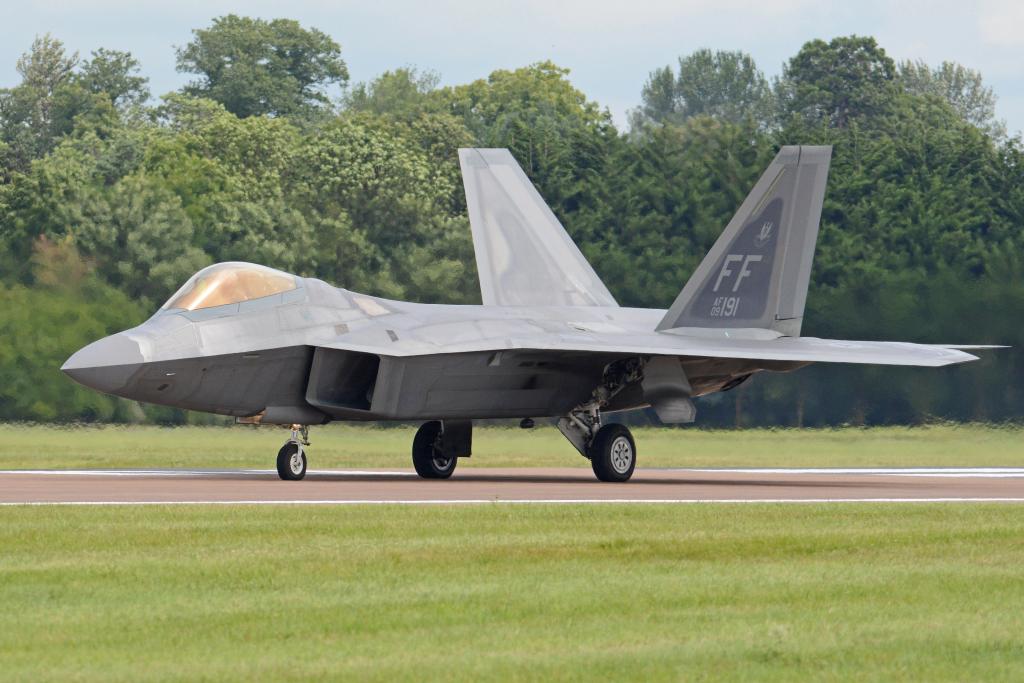
From the F‑22 Raptor’s radar-absorbing skin to the Eurofighter Typhoon’s multinational avionics, each design decision carries an associated cost. Fuel consumption rates, maintenance man-hours, and even the life expectancy of specialty coatings all contribute to the per-hour costs that reach as much as $80,000. For engineers and defense planners, knowing these numbers is not an accounting consideration it’s a matter of balancing capability with sustainability. This list deconstructs the world’s priciest fighter jets to fly, examining the technologies that make them unstoppable, the engineering challenges that inflate their cost, and the strategic trade‑offs that they represent.
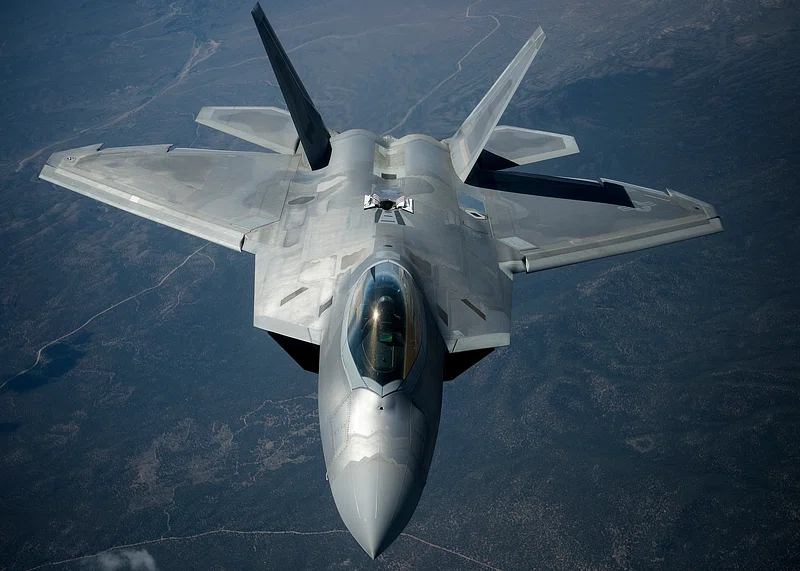
1. F‑22 Raptor – Stealth at a Steep Price
Lockheed Martin’s F-22 Raptor tops the list at around $85,325 per hour of flight. It achieves its unparalleled stealth with a combination of faceted geometry and radar-absorbing materials (RAM) that need careful maintenance. Technical specifications have the F-22 requiring anywhere from 700 to 1,000 hours of RAM maintenance for each 100 hours of flight, with coatings being vulnerable to moisture, thermal shock, and chemical exposure.
The twin Pratt & Whitney F119 engines of the aircraft allow for supercruise at Mach 1.8, but high thrust and vectored nozzles require the heavy draining of fuel up to more than 5,600 liters an hour in normal operations. With fewer than 200 examples produced, the program’s $67.3 billion cost and short production run have caused each operational example to be worth more than $300 million, heightening the cost of every mission.
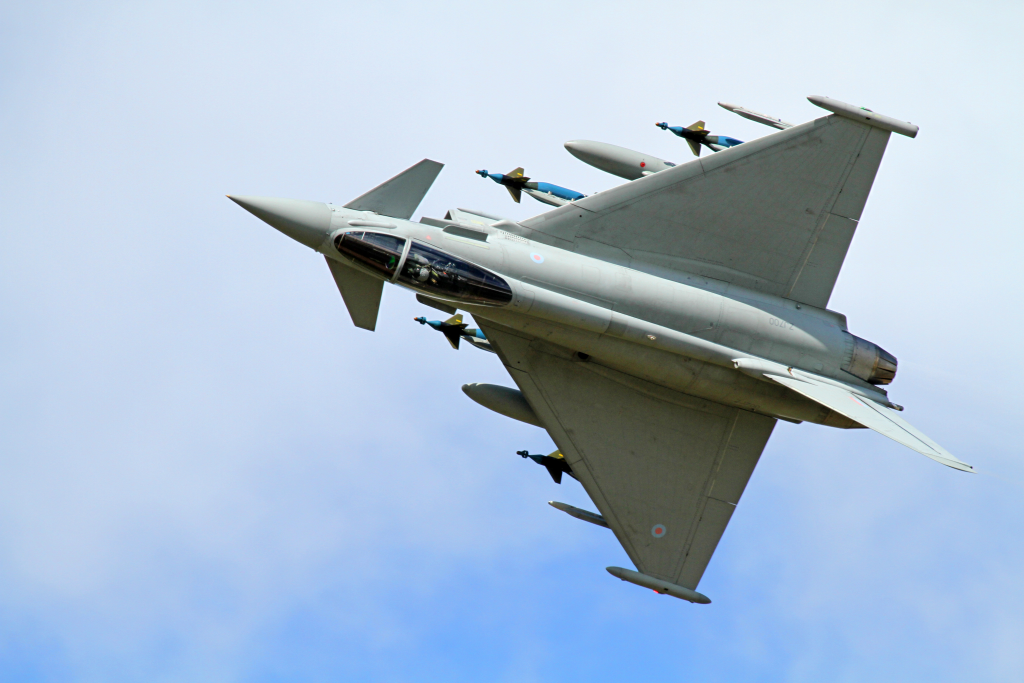
2. Eurofighter Typhoon – Multinational Engineering, Multinational Costs
Working at a cost of approximately $60,000–$65,000 per hour, the Eurofighter Typhoon shows the cost of a four‑nation development program. Its Captor‑E AESA radar, Pirate IRST, and Defensive Aids Sub‑System provide impressive situational awareness but also a higher level of maintenance needs.
Fuel combustion is averaged at 4,500 liters per hour, and the high thrust-to-weight ratio of the airplane, although perfect for air combat, contributes to operating cost. Costs for the program have topped $120 billion, and per-airplane valuations stand at about $250 million when including development and maintenance. The global supply base that made it possible also makes parts logistics a challenge, further contributing to costs.
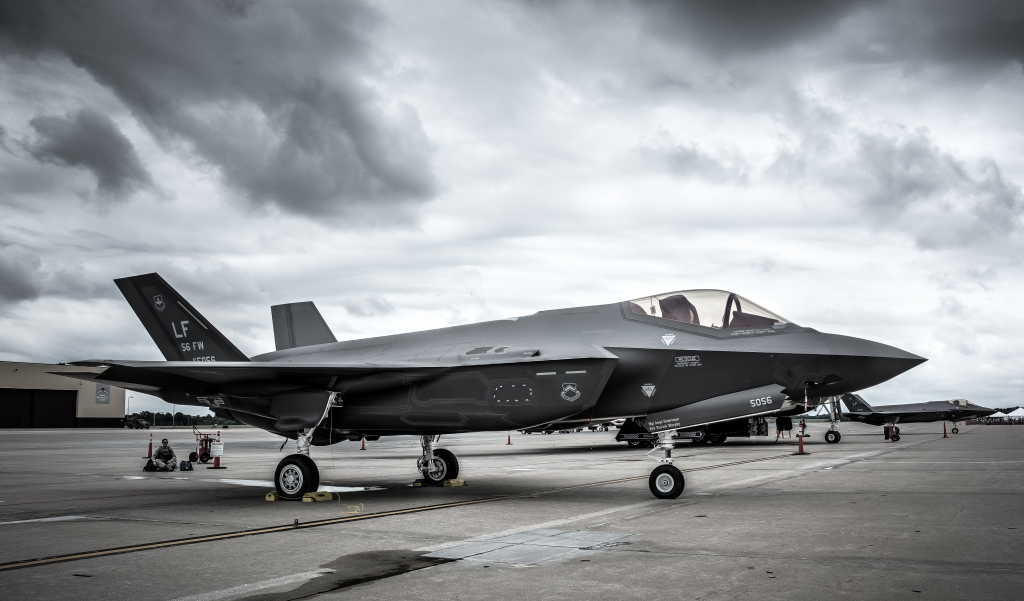
3. F‑35 Lightning II – The Trillion-Dollar Fighter
The F‑35 has an annual operating cost of between $25,000 and $42,000 per hour, variant by variant, but over its 94-year life, the total program cost is estimated at $2.1 trillion. This includes procurement of 2,456 aircraft, development, modernization, personnel, fuel, and inflation.
Its sensor fusion, software‑based mission systems, and stealth shaping need to be updated continuously. Its F135 engine burns 1,200 gallons an hour in afterburner mode, and its low‑observable surface maintenance contributes to MRO burdens. Foreign users, from Israel to Japan, despite complaining, have found high satisfaction, attributing battlefield networking and interoperability as decisive factors.
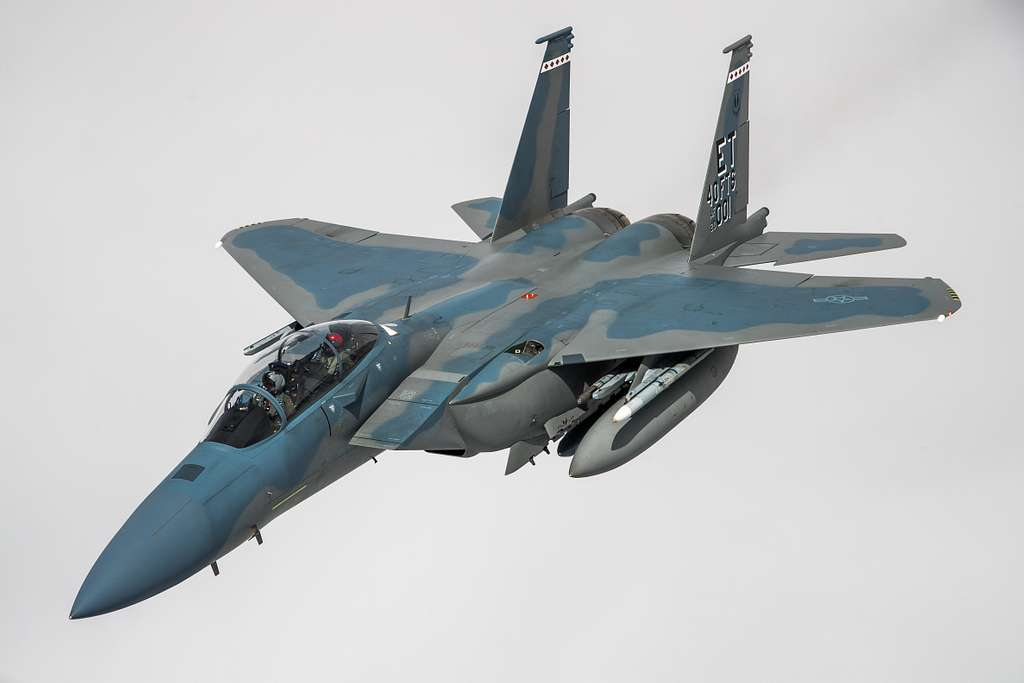
4. F‑15EX Eagle II – Payload Over Stealth
At approximately $29,000 per flight hour, Boeing’s F‑15EX sacrifices stealth for payload and speed. With a Mach 2.5 speed and up to 13.6 tons of payload, it acts as a “missile truck” in contemporary air combat doctrine.
Recent incidents of fuel venting problems grounded some aircraft, demonstrating even established design faces engineering challenges. Boeing is testing solutions, but the incident shows how new subsystems such as sophisticated electronic warfare suites can have unexpected maintenance expense. Nevertheless, its estimated 20,000‑hour service life provides long‑term value over stealth competitors.
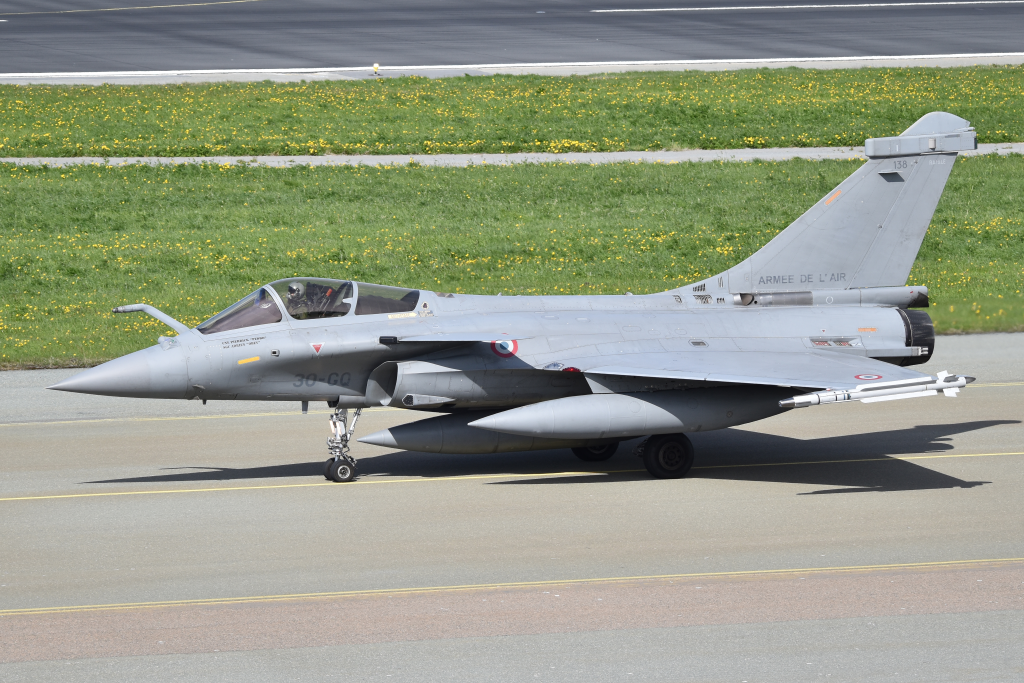
5. Dassault Rafale – Agility with Cost Control
With an operating expense of between $16,500 and $20,000 an hour, the French Rafale is the most cost-effective on this list. Its twin‑engine delta‑canard configuration provides agility and redundancy, and the SPECTRA electronic warfare system adds survivability.
During cruising flight, the fuel burn is as low as 2,500 liters an hour, though in combat with afterburners invoked, that can shoot up to 9,000 liters. In contrast with the F‑35, the Rafale has also escaped significant cost overruns, and its multirole flexibility from carrier operations to nuclear deterrence has impressed customers from India to the UAE.
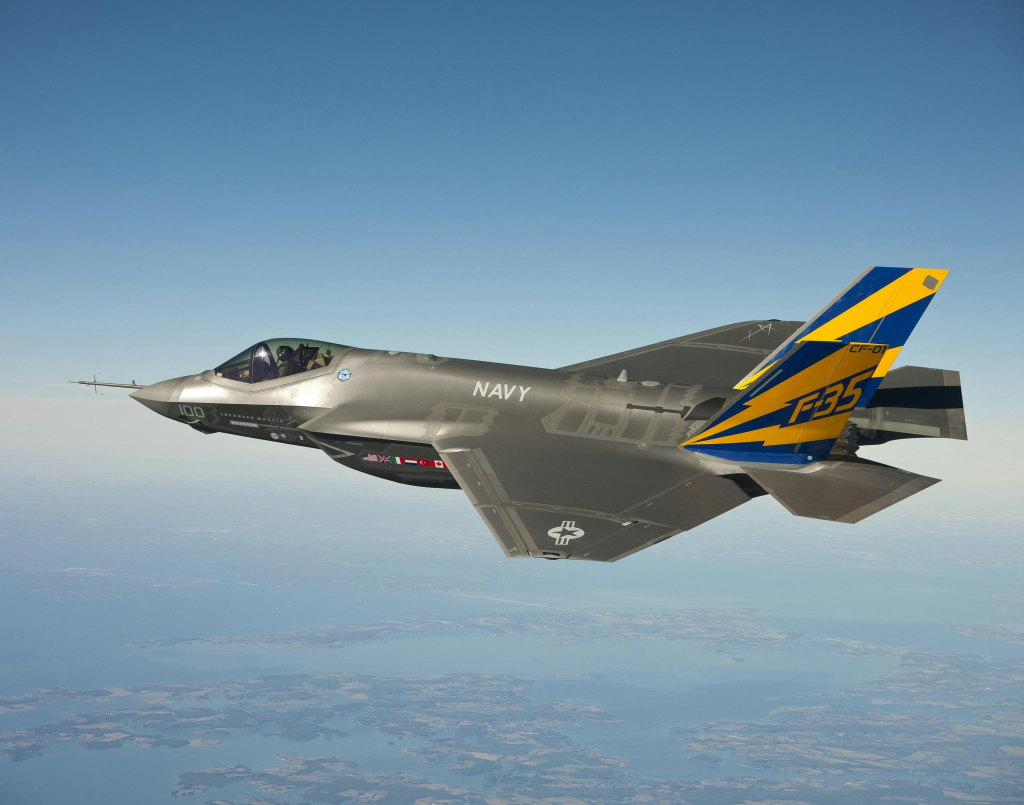
6. The Hidden Cost of Stealth Coatings
Stealth aircraft such as the F‑22 and F‑35 use RAM to minimize radar cross‑section, yet such coatings are costly and labor‑intensive. Materials can include ferrite tiles for absorption at low frequencies to nanostructured composites for 2–40 GHz threats.
Application is intricate: microcracks measuring only microns in width may raise radar signature by tenfold. Certain coatings must be completely replaced every 6–12 months at a cost of as much as $500,000 a year per aircraft. As detection technology improves, work on thinner, lighter, and multi‑spectral coatings gains momentum.
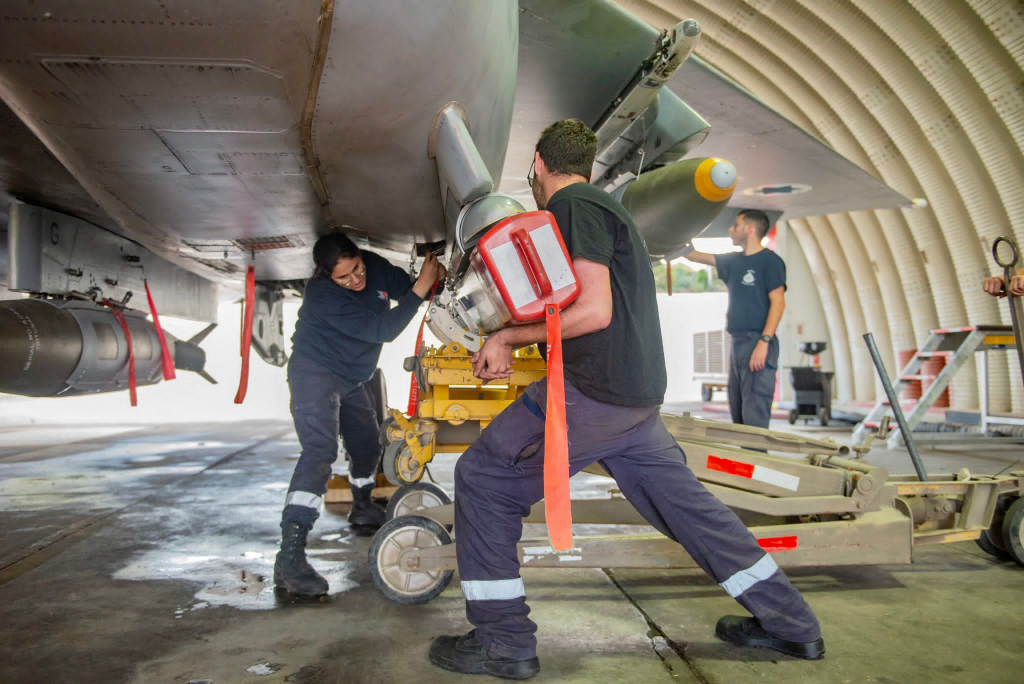
7. Maintenance, Repair, and Overhaul – The Increasing Budget Costs
An Oliver Wyman report in 2025 pegged the global military aircraft MRO market at $97 billion and estimated that by 2035 it would increase to $111 billion. By 2035, advanced fighters such as the F‑35 will command 9.5% of world MRO expenditure, twice their share in the fleet.
Sophisticated software, rare materials, and unique propulsion systems require greater service hours and increased expenses. Without proper budgeting, air forces stand to lose reduced flight hours and decreasing mission-capable rates, even with the introduction of sixth-generation fighters and autonomous wingmen.
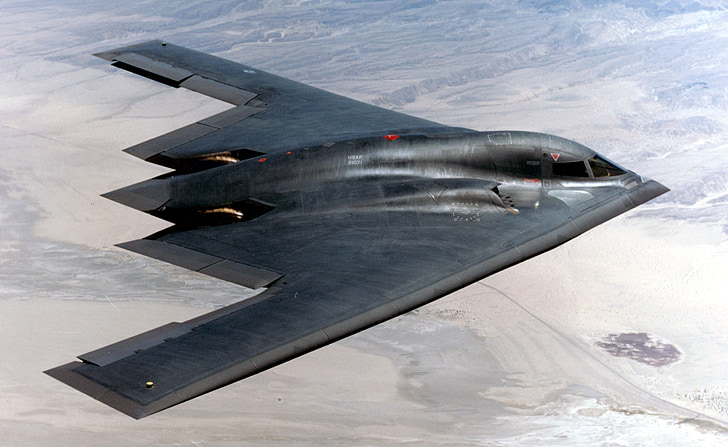
The cost of operating today’s fighter aircraft is not merely a matter of fueling or pilot pay it is the accumulation of centuries of engineering hubris, geostrategic calculation, and unending pursuit of technological superiority. As stealth grows more advanced and avionics more embedded, maintenance will require as much creative energy as development. For defense strategists, the dilemma is keeping the edge both sharp and sustainable.
